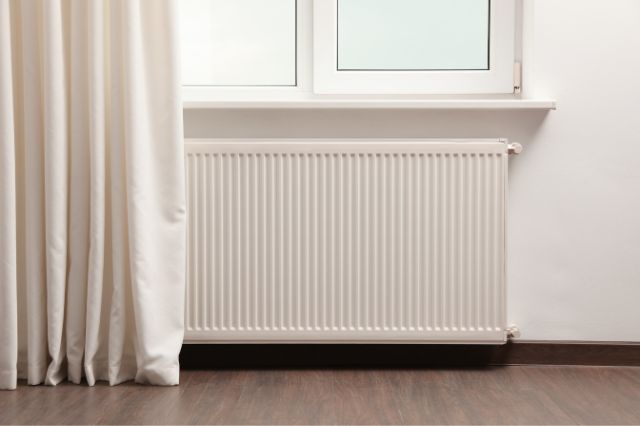As the seasons change, ensuring a warm and cozy home becomes a top priority.
In the realm of home heating and cooling, 2023 brings forth an array of innovative and efficient systems that promise to transform how you stay warm indoors.
From tried-and-true methods to cutting-edge technologies, the landscape of home heating has evolved, offering homeowners diverse options. This guide explores six must-try home heating systems in 2023, each presenting unique features and benefits that cater to different preferences and needs.
1. Furnace
A furnace is a must-try home heating system in 2023. It works by heating air and distributing it throughout your home using ducts.
As a matter of fact, furnaces can run on various fuels such as natural gas, oil, or electricity. They are known for their efficiency and quick heating capabilities. Modern furnaces often come with advanced features like programmable thermostats, enhancing control over your home’s temperature.
2. Boiler
Unlike furnaces, boilers heat water, and the resulting steam or hot water is circulated through pipes and radiators to warm your home. Boilers are praised for their energy efficiency and even heating distribution. They are particularly suitable for homes with radiant heating systems, providing a cozy warmth without requiring ductwork.
3. Heat Pump
Heat pumps are gaining popularity as versatile and energy-efficient heating systems. In fact, they work by transferring heat between the indoor and outdoor air.
During colder months, heat pumps extract warmth from the outdoor air and bring it inside, and vice versa during warmer months for cooling. Because they can do two things, they can be used all year.
Plus, heat pumps are considered environmentally friendly as they don’t rely on combustion processes, making them an attractive option for reducing their carbon footprint.
4. In-Floor Radiant
In-floor radiant heating is a cozy and efficient option for warming your home. This system involves installing heating elements beneath the floor, radiating heat upward.
The warmth evenly spreads across the room, providing a comfortable and consistent temperature. In-floor radiant heating can use various energy sources, including electricity, hot water, or solar energy. It’s popular for homeowners seeking a discreet heating solution without relying on traditional heating units.
5. Electric Resistance
Electric resistance heating is straightforward and effective. This system uses electrical resistance to generate heat. Common examples include baseboard heaters and electric wall heaters.
While it’s relatively simple, electric resistance heating can be more expensive than other methods, making it suitable for smaller spaces or supplemental heating. It’s a quick and convenient solution for targeted warmth in specific areas of your home.
6. Active Solar Heating
Solar collectors, typically mounted on the roof, absorb sunlight and convert it into heat. The collected heat is then transferred to a fluid, often water or air, circulating through the home to provide warmth.
Active solar heating is environmentally friendly and renewable, making it an attractive choice for those aiming to reduce their carbon footprint. While it may require an initial investment, the long-term savings, and sustainability make active solar heating an appealing option.
Have Efficient and Comfortable Heating at Home
Whether you opt for the quick warmth of forced air systems or the energy efficiency of geothermal options, the choices cater to your unique preferences and heating needs.
Embrace the warmth and comfort these heating systems bring to your living spaces, ensuring your home remains a cozy haven throughout the seasons. The evolving landscape of home heating offers solutions that not only keep you warm but also align with your desire for energy efficiency and convenience.



Leave a Comment